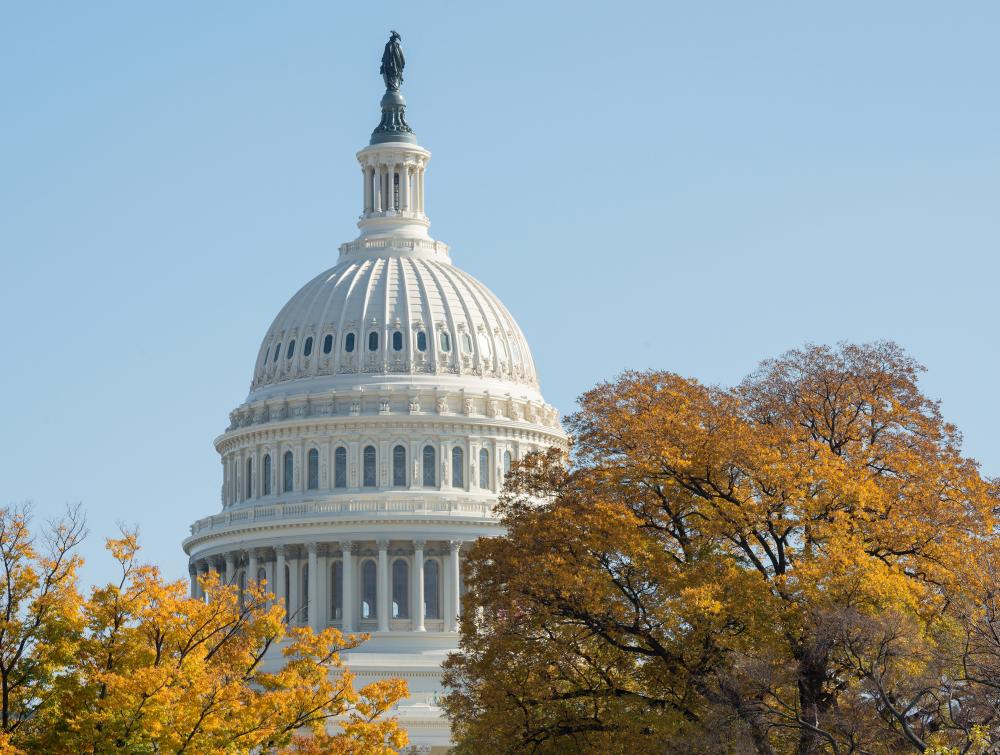Vital House bill would permanently fund Land and Water Conservation Fund

U.S. Capitol Dome in Washington, DC
Mason Cummings (TWS)
Vital House bill would permanently fund Land and Water Conservation Fund
WASHINGTON, June 12, 2019 ----- A bipartisan bill introduced today, H.R. 3195, would provide full, dedicated, continued funding for what may be the nation’s most important conservation program, the Land and Water Conservation Fund. The new bill, the Land and Water Conservation Fund Permanent Funding Act, is a companion to a similar bill in the Senate, S. 1081.
Earlier this year Congress passed and the president signed a bill to permanently authorize the conservation program, which has invested in parks and recreation centers in virtually every county in the United States since the program was launched in 1965.
Statement from Jonathan Asher, Director of Government Relations for Conservation Funding at The Wilderness Society
“We often hear about the importance of long-term consistency in the relationship between business and government. The same holds true for local communities, public lands and the outdoor economy. Ensuring stable and consistent conservation funding is vital for park lands and the communities that hold them dear. The Land and Water Conservation Fund invests in important priorities, from local greenspaces and rec centers to protecting communities from the increasing effects of the climate crisis. This forward-thinking program should not be handcuffed by short-term funding decisions.”
Sponsors of the House legislation include Representatives Jeff Van Drew (D-NJ), Brian Fitzpatrick (R-Pa.), Jared Huffman (D-Calif.), Lee Zeldin (R-NY), Debra Haaland (D-NM) and House Natural Resources Committee Chair Raul Grijalva (D-Ariz.). Original cosponsors include Ruben Gallego (D-Ariz.), Alan Lowenthal (D-Calif.), John Katko (R-N.Y.), T.J. Cox (D-Calif.), Gregorio Sablan (D-Northern Mariana Islands) and Darren Soto (D-Fla.).
The bill ensures that the $900 million already being deposited annually into the LWCF account in the U.S. Treasury are used only for the intended purpose of conserving the nation’s natural, cultural and historic treasures. Over its history, LWCF has rarely been funded at its authorized amount, and often its funds are diverted for other purposes. Since the creation of the program in the 1960s, about $22 billion intended for the Land and Water Conservation Fund has been siphoned off for non-conservation purposes.
